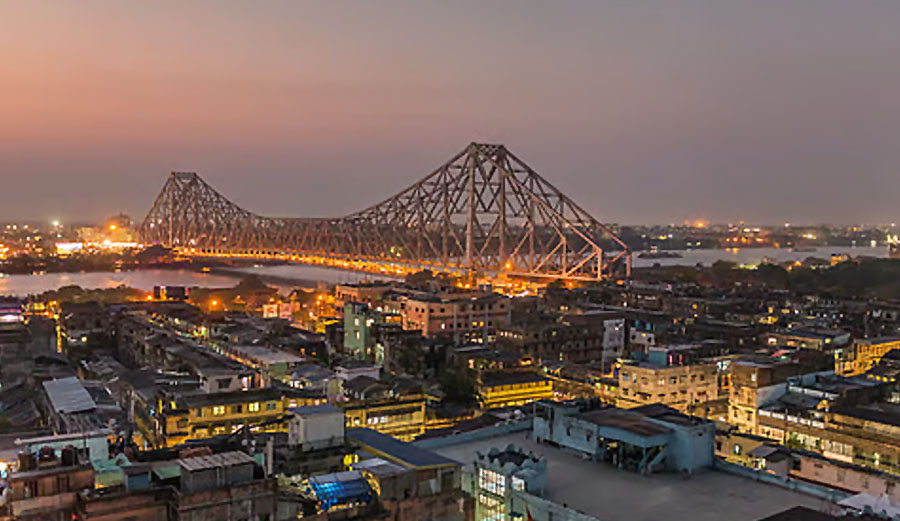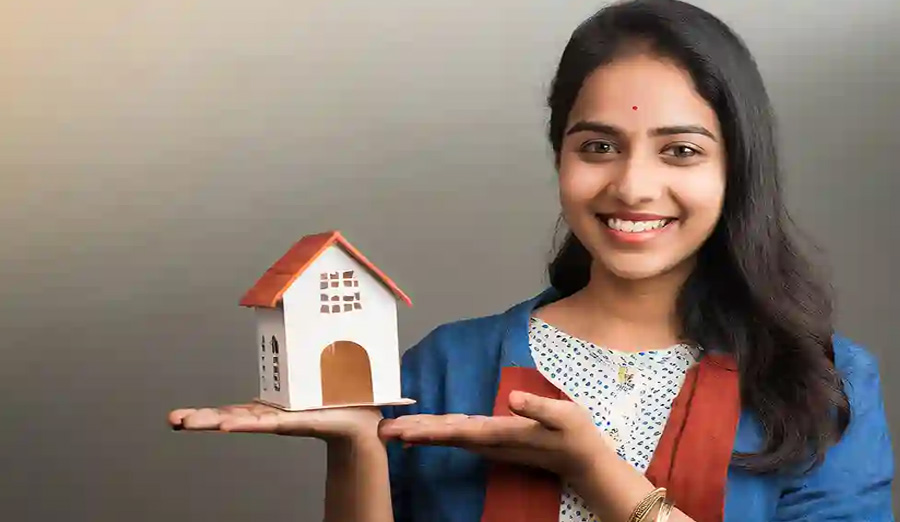When Rajat came to Kolkata after some years in New Delhi, he was appalled at the gay abandon with which the citizens used water.
Rajat is an officer in the Environment Ministry in the Union Government. He is also quite passionate about saving the environment.
He is aware of the environmental challenges we are facing in India, especially the difficulties of the urban environment.
Rajat knows that water is a precious resource and supplying drinking water to Kolkata residents’ homes is considerably costly. Kolkata Municipal Corporation (KMC) spends a lot of money to do that.
However, Rajat was delighted to learn that KMC finally decided to take some action in this regard.
A Water Consumption Survey & Some Surprise
The result of a water consumption survey in the Dum Dum-Cossipore belt has prompted the civic brass to consider the implementation of such meters in several other neighbourhoods across the city.
The result of that survey was a shocking eye-opener to the KMC top brass.
The survey conducted in the Dum Dum-Cossipore belt has startled a section of the KMC water supply department officials as they found that each member of nearly 18,655 households was consuming 300 litre of water per day. Surprises were in store for the surveyors as they found a single family in a household having five members consuming 3500 litre of potable water every day.
“This can’t go on forever. We must put an end to such misuse of water when we are paying hundreds of crores for collecting and treating raw water from the Hooghly,” said the mayor Firhad Hakim.
According to a KMC water supply department official, it spends more than Rs 700 crore to treat water to make it potable.
“The water that we produce is sufficient to cater to the residents of the entire city. If we can the loss of water, we can supply 150 litre of water to each member of all households,” said a KMC official.
KMC Made a Plan
As the cost of water purification is going through the roof, KMC made an action plan. This plan will implemented starting with the new buildings under its jurisdiction.
KMC has decided to install water meters in all the new buildings and it will help KMC to monitor water usage and prevent colossal wastage of the precious resource. Whether it is a standalone building or a large housing complex, water meters will be installed in all of them.
After the Dum Dum-Cossipore belt, water meters are being installed at hundreds of households in the Mukundapur area off EM Bypass.
Apart from installing water meters, KMC is also planning to take several other measures to stop water wastage.
For example, KMC is planning to install ball corks inside underground water reservoirs so that water does not overflow.
The civic body is also planning to keep an eye on old porous water tanks in buildings that lead to water wastage.
Moreover, KMC is also planning to seal roadside water taps that are continuously kept open or are damaged.
The Need for Water Conservation
Over time, water is proving to be one of the costliest urban resources in Kolkata. During the harsh summer, water volume in the Ganges goes down significantly and it becomes difficult to draw the required quantity of water for the city.
Indiscriminate use of underground water is also causing danger to the water table as it is going down slowly.
In this context, there is a need to encourage rainwater harvest on a much larger scale. Currently, a massive quantity of filtered water is used to clean common areas in housing complexes, gardening, and similar activities where filtered water use is not needed.
The citizens of Kolkata have a big responsibility to prevent water wastage. They should minimize the use of costly filtered water for such activities. Rainwater harvesting systems should be installed wherever possible. If steps are not taken today, water availability will be severely restricted in the near future for all residents of Kolkata.






